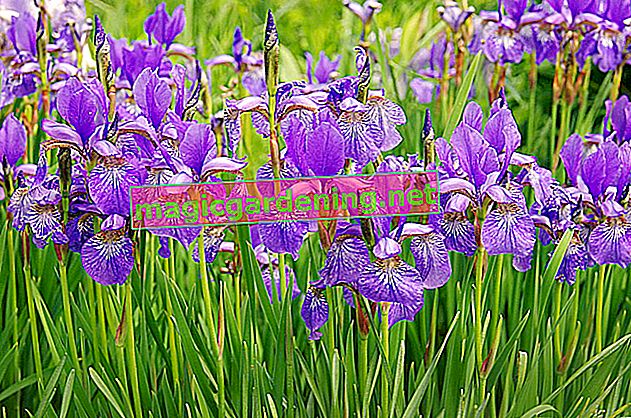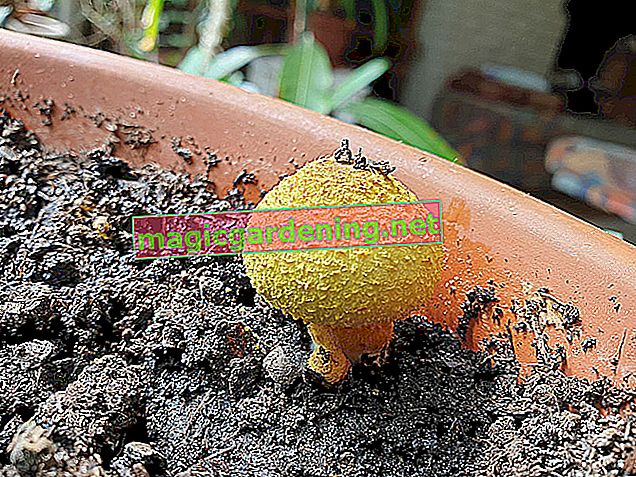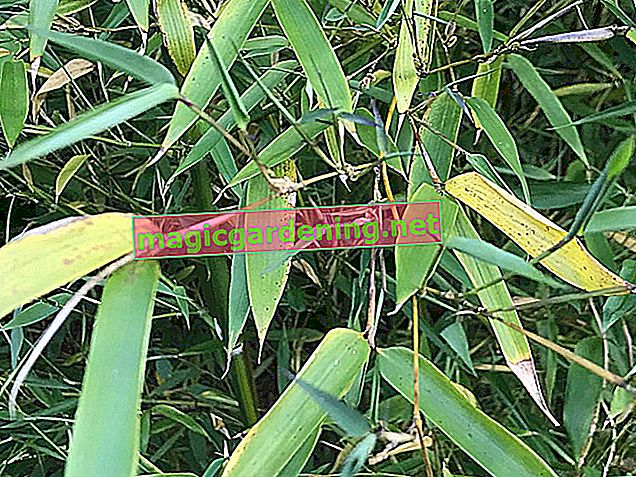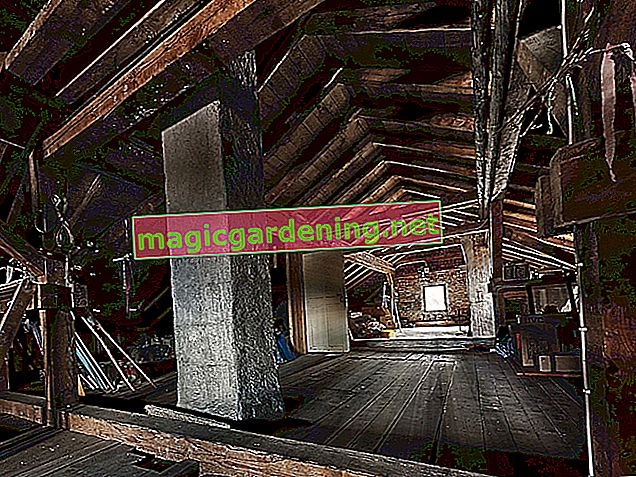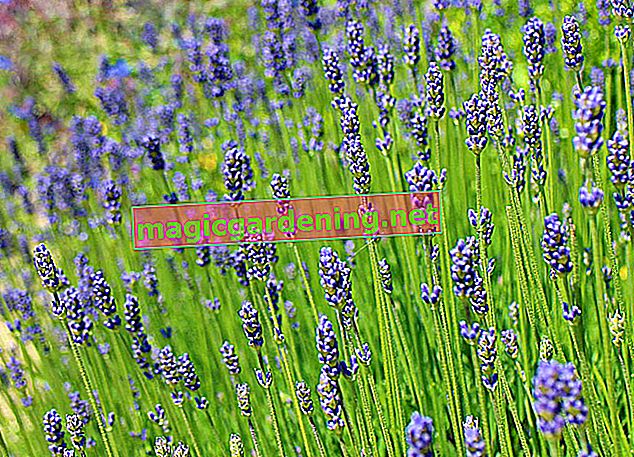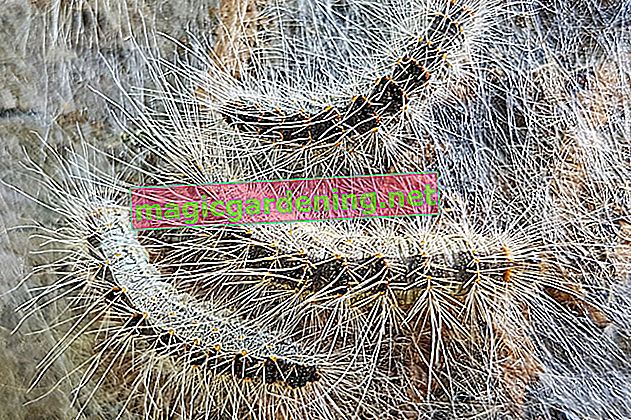
How do I save the rhododendron. What to do about yellow leaves?
Just like humans, plants also turn pale and yellow when something is missing or when there is disease. Yellow leaves and pale green indicate deficiency symptoms in the rhododendron. Another sure sign of this is that the rhododendron does not bud and does not flower.
also read
- Rhododendron brown leaves and spots - what to do?
- Rhododendron earth is not just rhododendron earth
- First select the correct rhododendron location, then plant
Pale rhododendron with unevenly yellow leaves
Pale yellow leaves with green veins on the evergreen leaves of the rhododendron indicate a typical deficiency symptom. Magnesium, nitrogen and iron deficiencies cause chlorosis. In most cases it occurs when the pH is too high. As a result, the rhododendron does not properly absorb the iron in the soil.
Iron fertilizer provides a short-term remedy. Dissolve this in the water and pour. In the long term, soil improvement to a pH value of 4.0 - 5.0 plays an equally important role. This works best most rhododendron varieties can be propagated with a special soil for rhododendrons. For ecological reasons, instead of peat, a mixture of garden compost, bark compost and wood chip compost is used. Mulching with bark humus with the addition of horn shavings (€ 6.39 at Amazon *) as a nitrogen supplier has also proven itself.
Evenly yellow leaves from alkaline soil
If the soil is not acidic enough, this can also be seen in the yellow leaves. The roots grow in alkaline areas. The plant does not tolerate this and reacts with yellowish leaves. Simply exchange the existing soil for a special rhododendron soil.
Earth exchange is difficult with strongly overgrown roots. Fill the special soil into a casting ring formed around the trunk. Through regular watering, the nutrients get into the deeper layers of the earth. This is how you provide the rhododendron with everything it needs.
Even if it takes some time to achieve success, this measure is helpful in the long term. An added benefit. This way the bush is not over-fertilized. If you want to be sure from the start, you should plant the rhododendron in this special soil right away.
Yellow-green to yellowish-white speckled upper surface of the leaf
The underside of the leaf is noticeably soiled brownish-black. Sometimes also slightly rolled up. Later the leaves dry up and fall off. Behind these signs is the rhododendron bug stephanitis rhododendri.
It likes to attack plants in a dry, sunny spot. The Flava variety is particularly susceptible to this pest. As a preventive measure, it is advisable to check the underside of the leaves for infestation in May, June and July. If necessary, treat with an insecticide in good time in dry weather.
Tips & Tricks
If there is a lack of iron, many hobby gardeners swear by simply sticking rusty nails into the ground. Just try it out to see if it really works!


